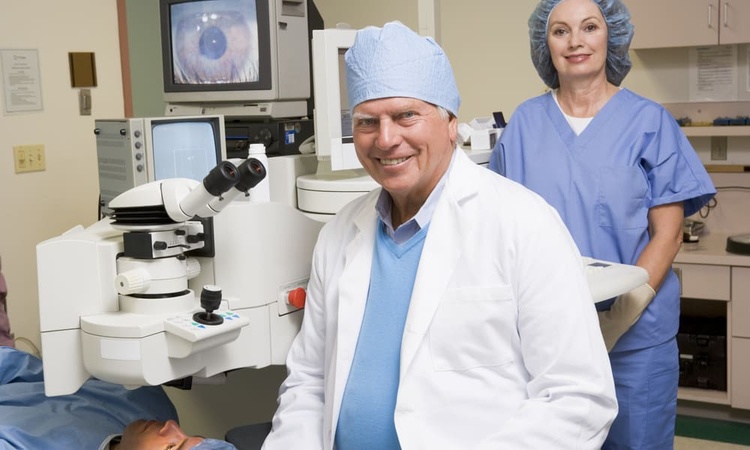Modern Liposuction: Complete Guide to Surgical Fat
Discover how modern liposuction techniques remove stubborn fat and shape the body. This guide covers ultrasound-assisted methods, safety and candidacy, treatment areas, and pricing. Learn about advances in fat reduction, recovery expectations, and what to consider before choosing surgical body contouring.

Liposuction remains one of the most frequently performed cosmetic surgeries for removing persistent pockets of fat that do not respond to diet or exercise. Over the decades the procedure has been refined with new devices and methods that aim to improve precision, reduce tissue trauma, and enhance outcomes. This article explains contemporary approaches—especially ultrasound-assisted methods—covers candidate requirements and safety factors, lists treatable areas, outlines modern techniques, and provides an overview of costs and recovery considerations.
Ultrasound-Assisted Liposuction: How it Works
Ultrasound-assisted liposuction (UAL) uses focused ultrasonic energy to break up and emulsify fat cells before extraction. The ultrasonic waves preferentially disrupt adipose tissue while sparing much of the surrounding connective tissue, nerves, and blood vessels. By converting fat into a more fluid state, UAL can make suctioning easier and more precise, which may be particularly useful in dense or fibrous regions of the body.
Proponents report several potential advantages: smoother contouring in difficult areas, less force needed during extraction, and possibly reduced bruising and swelling. As with any technology, the operator’s experience and patient selection strongly influence the results. UAL is one of several adjuncts that surgeons may use to tailor treatment to individual anatomy and goals.
Safety, Candidacy, and Preoperative Considerations
Liposuction is a surgical procedure and demands thorough preoperative assessment. Ideal candidates typically meet several criteria:
- Overall good health without uncontrolled chronic conditions
- Within about 30% of their ideal body weight
- Stable body weight and commitment to a healthy lifestyle
- Sufficient skin elasticity to allow natural re-draping after fat removal
- Realistic expectations regarding what liposuction can achieve
Other important considerations include a complete medical history review, evaluation of medications and supplements that can affect bleeding, and assessment of anesthesia risk. Potential complications—though uncommon when performed by qualified surgeons—can include infection, contour irregularities, fluid imbalance, scarring, and changes in sensation. Clear communication with the surgical team about risks, expected recovery, and post-operative restrictions helps ensure better outcomes.
Common Treatment Areas
Liposuction can target many parts of the body where localized fat tends to collect. Typical treatment sites include:
- Abdomen and waist
- Thighs and hips
- Upper arms and back
- Chin and neck
- Chest and flanks
Surgeons often combine treatment areas to achieve balanced contours; however, the extent of surgery should match the patient’s health, skin condition, and recovery capacity.
Modern Fat-Reduction Techniques and How They Compare
| Technique | Technology Used | Key Benefits |
|---|---|---|
| Traditional Liposuction | Suction-assisted removal | Time-tested, generally cost-effective |
| Ultrasound-Assisted | Ultrasonic energy to liquefy fat | Improved precision in fibrous areas, potentially less trauma |
| Power-Assisted | Mechanically vibrating cannula | Faster tissue removal, reduced surgeon fatigue |
| Laser-Assisted | Laser energy to melt fat | May offer skin-tightening effects |
Prices, rates, or cost estimates mentioned in this article are based on the latest available information but may change over time. Independent research is advised before making financial decisions.
Cost Expectations and What Influences Price
The cost of liposuction varies widely depending on the geographic region, the number and size of treatment areas, the technique selected, the surgeon’s experience, facility fees, and anesthesia. Typical ranges often quoted are:
- Basic procedures: approximately $2,000 to $3,500 per area
- Advanced or technology-assisted procedures: roughly $4,000 to $8,000 per area
These figures are estimates and do not always include additional expenses such as anesthesia fees, operating room or facility charges, medical tests, compression garments, follow-up visits, or medications. Always ask your provider for a detailed breakdown of fees and what is included in the quoted price.
Recovery and Post-Operative Care
Recovery timelines vary with the extent of liposuction and individual healing. Common post-operative expectations include:
- Swelling and bruising that peak in the first few days and gradually subside over weeks
- Compression garments to minimize swelling and support new contours
- Restriction of strenuous activities for several weeks, with gradual return to normal exercise as advised by the surgeon
- Follow-up appointments to monitor healing and address any concerns
Adhering to post-operative instructions, maintaining a stable weight, and following a healthy lifestyle support long-term results.
Final Considerations
Liposuction is a valuable tool for shaping the body and removing localized fat deposits, but it is not a substitute for weight loss or a healthy lifestyle. The best outcomes come from careful patient selection, an experienced surgical team, realistic expectations, and diligent post-operative care. Technological advances such as ultrasound, power-assisted devices, and laser adjuncts offer additional options to customize treatment; however, technique choice should be individualized based on anatomy and goals.
This article is for informational purposes only and should not be considered medical advice. Please consult a qualified healthcare professional for personalized guidance and treatment.






